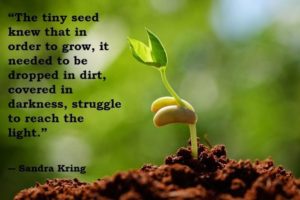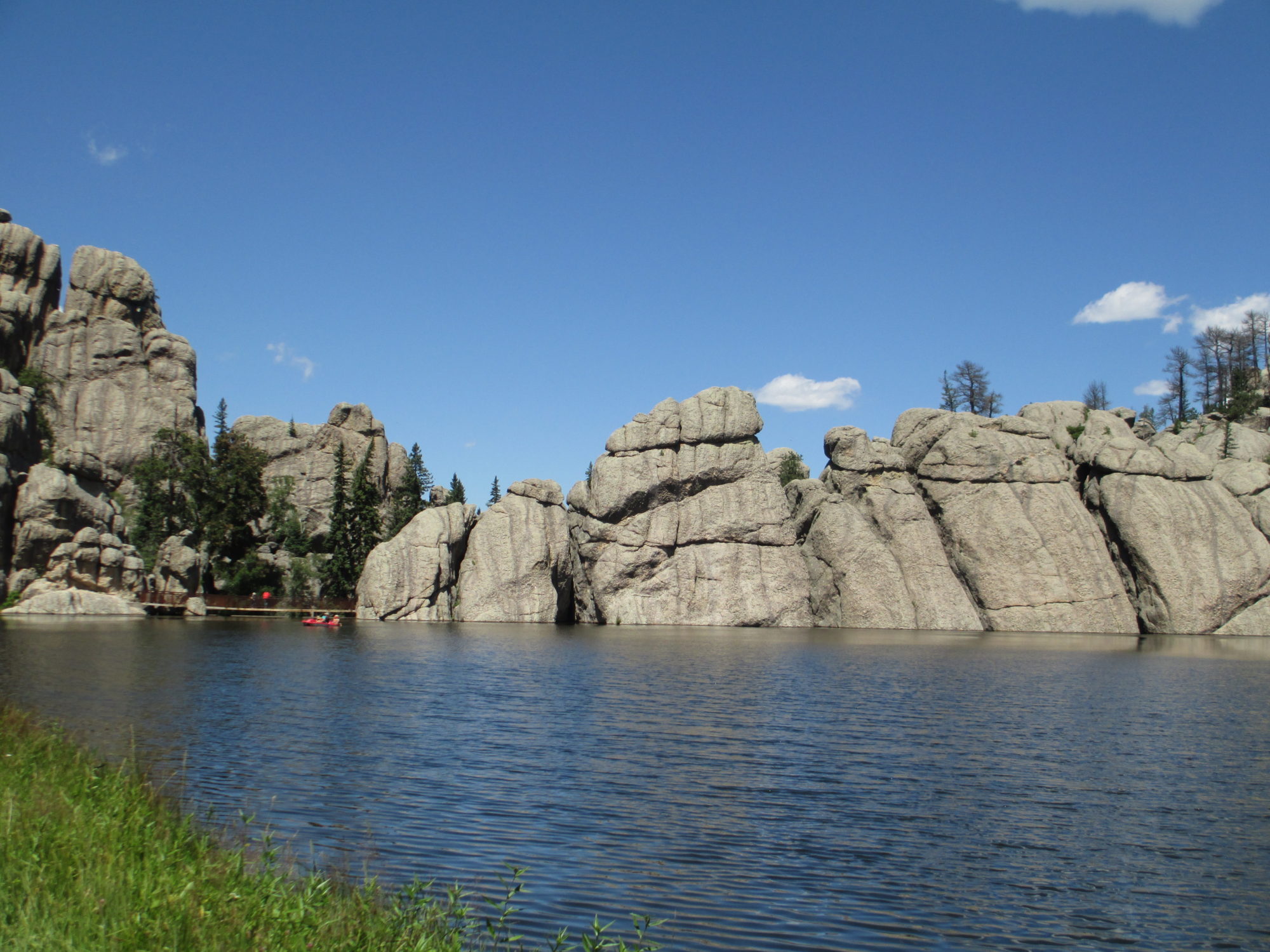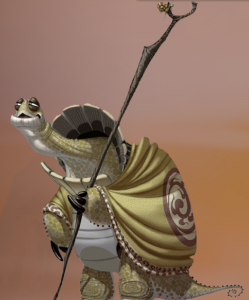 A colleague said to me a few weeks ago, “Life is meant to be a place of flow and harmony. When we struggle, it’s a sign that we’re not doing the right thing – not working in the right place with the right people. When we find that place, the struggle stops. There is still work but it no longer involves struggle.”
A colleague said to me a few weeks ago, “Life is meant to be a place of flow and harmony. When we struggle, it’s a sign that we’re not doing the right thing – not working in the right place with the right people. When we find that place, the struggle stops. There is still work but it no longer involves struggle.”
This insight has haunted me ever since he spoke those words. You see, struggle has been a central component of my life. Indeed, I have a deeply held belief, and you may too, that if I’m not struggling, then I’m not challenging myself – I’m not going to achieve anything great or significant.
As I dig into this belief, I see that I believe that making money is a struggle. That big things like parenting, and small things like cleaning the house, are both composed of large amounts of struggle. As I explore a long, drawn out career transition that is taking place in my life, I notice a deeply held belief that work itself must be a struggle. It must be hard, stressful, and go against one’s true self.
If you’re thinking I’m crazy, then maybe you’ll want to stop reading at this point. If there is a nugget of truth here for you, perhaps you’d like to read on.
Let’s look at the career piece. I attended a wonderful and challenging liberal arts college. I learned there that, even though I believed I wasn’t as innately smart as my fellow students, through intense hard work, I could succeed in that rigorous intellectual environment as much as they could.
Coming out of that environment, with virtually no career counseling, I ventured out into the world of work. The lack of self-direction that I approached that first career search with has haunted me ever since. Not knowing myself well, not valuing my innate strengths, and not believing in myself have led to a wandering that has been filled with struggle and very little personal satisfaction. Indeed, most of my career satisfaction has always come from side projects and second “jobs.”
By putting struggle, as a value, first – before self-fulfillment, before a higher calling, before the manifestation of my gifts I was meant to bring to the world – has led me to this place. Have there been good things that have come out of struggling? Yes, definitely, I’ve learned things and achieved things. Now, to turn away from struggle and toward harmony instead is, quite honestly, another place of struggle.
Can I embrace my colleague’s view that life is not meant to be a place of struggle? That when we are in the right place, doing the work we were meant to do, and working within the parameters of what we do best, there is no struggle?
Can I live my life from a place of harmony, self-acceptance, and self-confidence? Can I put my gifts first and find that place that values and nurtures them? Can I work hard and yet not struggle?
I’m not sure, but I’m enjoying this paradigm shift. It feels as if I’m standing on the edge of a huge change in my life. I’ll use deep breaths, the love of friends and family, and, of course, Reiki, to take the next steps forward into this life of harmony.
Thanks for reading and reflecting on this topic with me.
~Wishing you an abundance of love, light, and flow.

